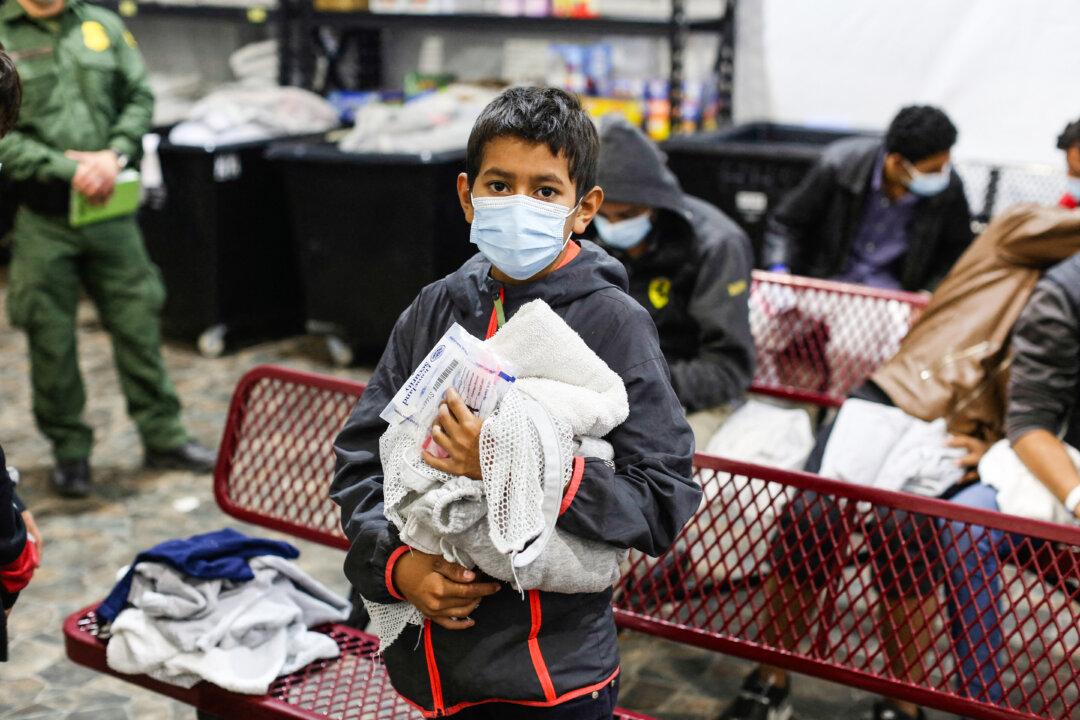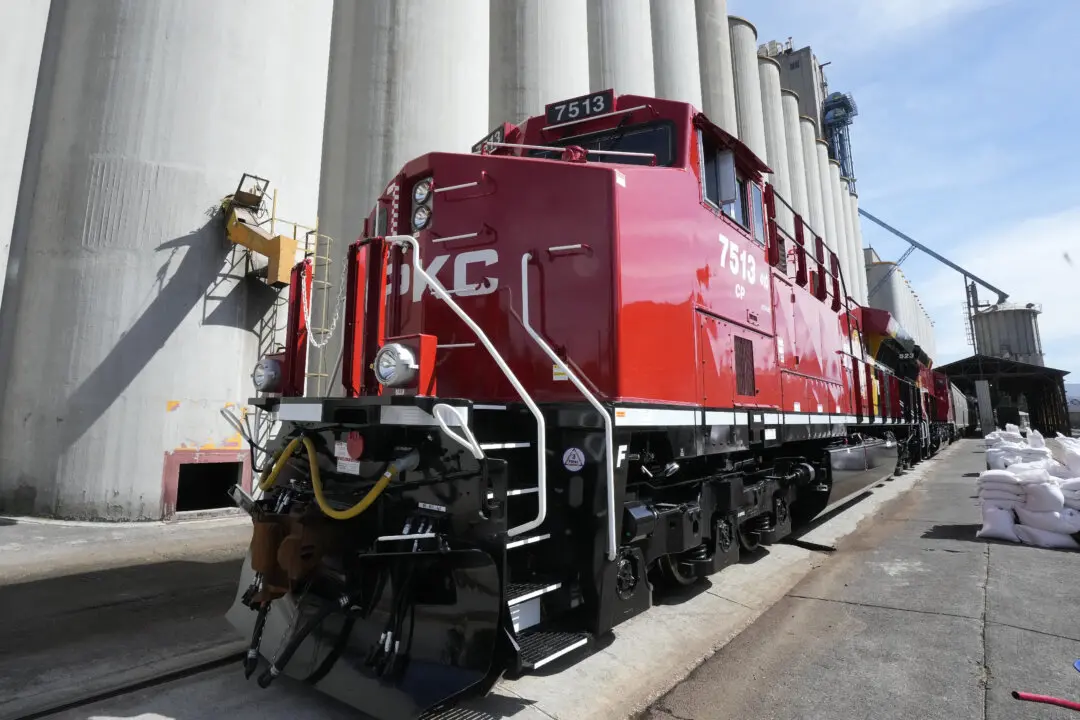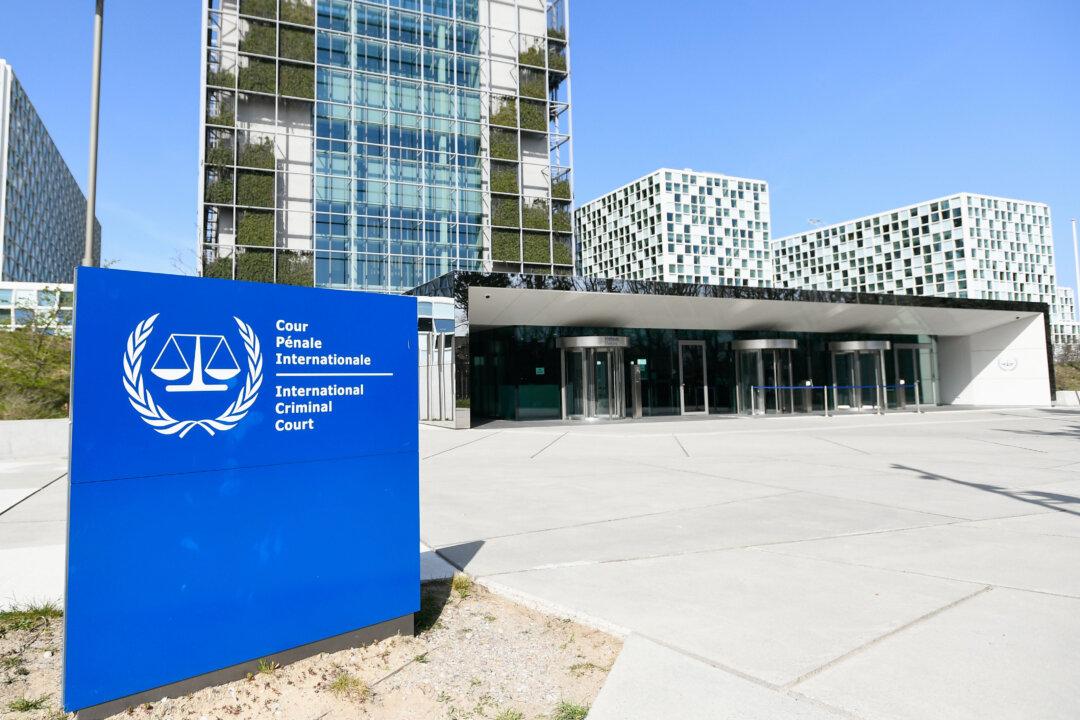Europe, which is currently reeling under an energy crisis, could see winter gas shortages last another three years at a minimum, according to Ed Morse, global head of commodities research at Citigroup.
“It’ll be somewhere between 2025 and 2027 that we’ll see the prices in Europe coming back to where they were at the beginning of 2021,” Morse said in an interview with Bloomberg while pointing out that the capacity for liquified natural gas (LNG) exports doesn’t “grow overnight.” Europe’s current energy crisis has been triggered by Russia curtailing its natural gas deliveries to the region as retaliation for sanctions imposed on Moscow for invading Ukraine.





